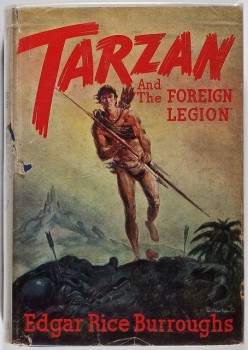You got your Zombies in my Pride and Prejudice!
 Pride and Prejudice and Zombies
Pride and Prejudice and Zombies
By Jane Austen and Seth Grahame-Smith (Quirk Classics, 2009)
I love the genre of “re-contextualizing,” taking a work of art, regardless of its qualities, and slamming it into a new setting to see what happens. This can come from a Warholian perspective, or it can be done with the humorous ocean of pop-culture parody in Mystery Science Theater 3000 (which I have no hesitation in naming my favorite television show ever). Re-contextualization can be as simple as re-writing the captions for The Family Circus and printing Garfield cartoons with Garfield’s thought-balloons removed to create a surreal world. It can also create a new work of art, such as taking Nikolai Rimsky-Korsakov’s aria “The Song of the Indian Guest” from the opera Sadko and making it a jazz classic like “Song of India,” perhaps one of the greatest dance-pieces ever charted.
Although re-contextualizing often implies satire or parody, it can simply involve experiment. “What would such-and-such feel like if it were altered in a certain way? I think it would go something like this. . . .”
And that’s where the new volume Pride and Prejudice and Zombies comes in. Author Seth Grahame-Smith, who wrote The Big Book of Porn, a look into the oddest entertainment industry, and How to Survive a Horror Movie, takes the text of Jane Austen’s 1813 comedy of manners and tweaks it to include a zombie plague overrunning the English countryside at the same time that busybody Mrs. Bennet maneuvers to get her daughters married to eligible bachelors.
 As
As  Monsters vs Aliens: An IMAX 3D Experience (2009)
Monsters vs Aliens: An IMAX 3D Experience (2009)
 Watchmen (2009)
Watchmen (2009)
